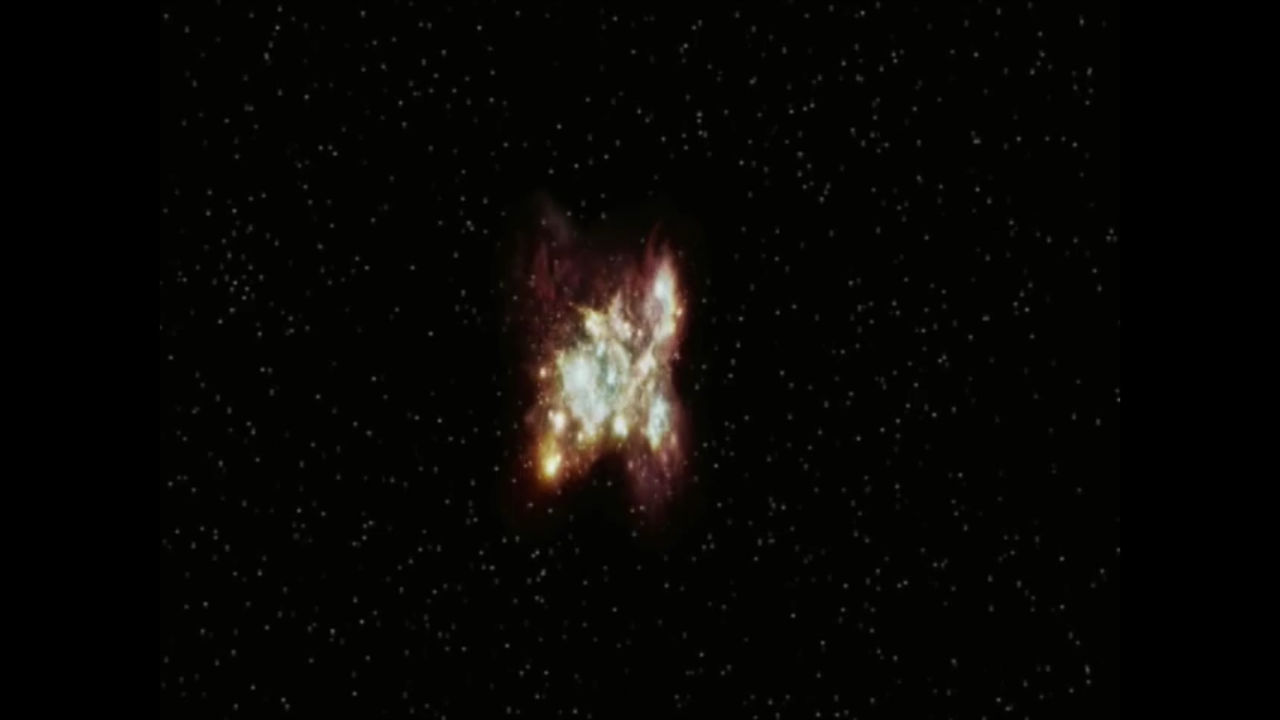1 min read
Super-Sized Star-Birth Region in Early Universe

- Object NameObject NameA name or catalog number that astronomers use to identify an astronomical object.Lynx arc
- Release DateOctober 30, 2003
- Science ReleaseMegastar-Birth Cluster is Biggest, Brightest and Hottest Ever Seen
- CreditCredit: ESA, NASA and Robert A.E. Fosbury (European Space Agency/ Space Telescope-European Coordinating Facility, Germany)
Related Images & Videos

The Lynx Arc: Stretched, Magnified Light From a Supercluster of Blue-White Stars
This NASA Hubble Space Telescope image of the Lynx cluster of galaxies shows the doubled image of the red Lynx arc (just right of the center). The mysterious arc is really a distant megacluster of stars lying far behind the galaxy cluster in the northern constellation Lynx. The...
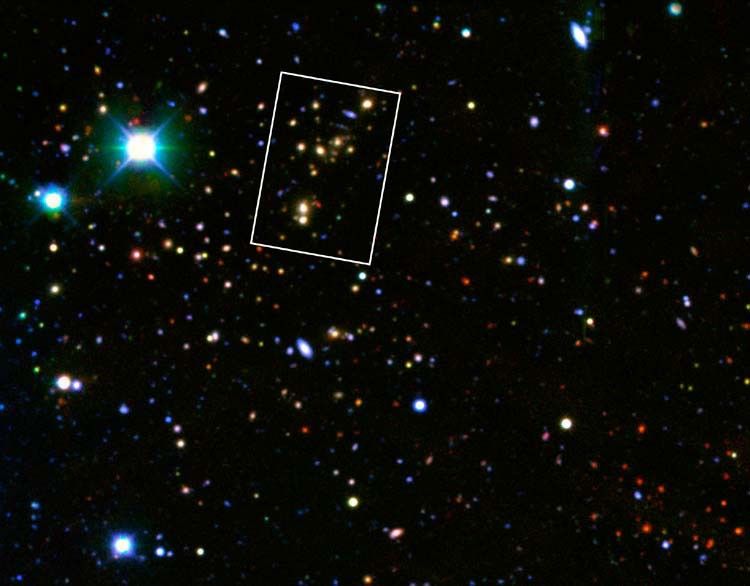
The Lynx Cluster (Ground-Based View, Kitt Peak): Location of Detail in 4m
This ground-based view shows a 0.09 x 0.07 degree field around the Lynx cluster of galaxies (the yellow galaxies above and to the left of the center). The Lynx arc is visible as a red object. This image was composed from six ground-based images (BRIzJK) ranging from the blue to...
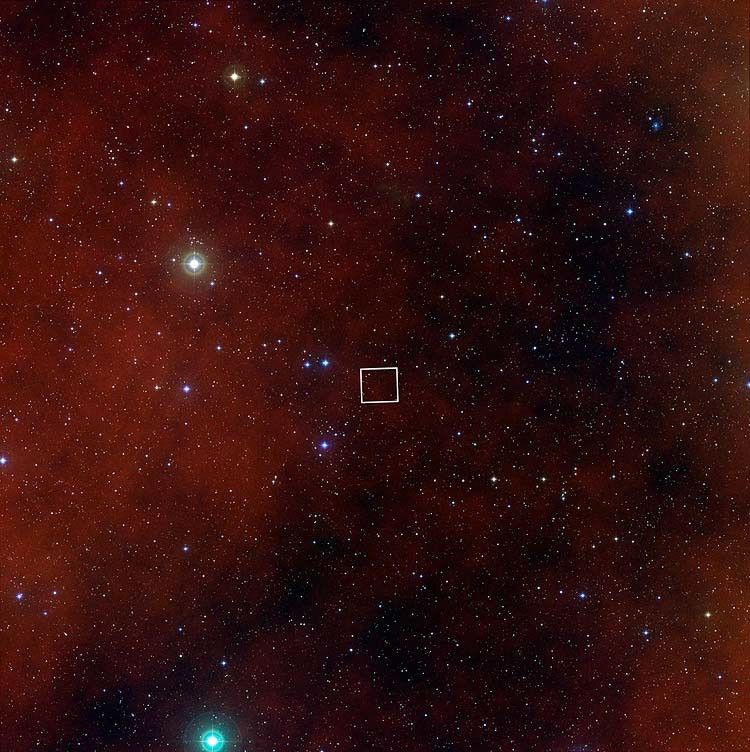
The Lynx Cluster (Ground-Based View, Digitized Sky Survey 2): Location of Lynx Cluster in DSS
This is a 2.5 degree, three-color composite from the Digitized Sky Survey 2 centered on the Lynx galaxy cluster. The blue plate (B) is shown in blue, the red plate (R) in green and the infrared plate (I) in red. The frame shows the outline of the Kitt Peak Mayall 4-meter...
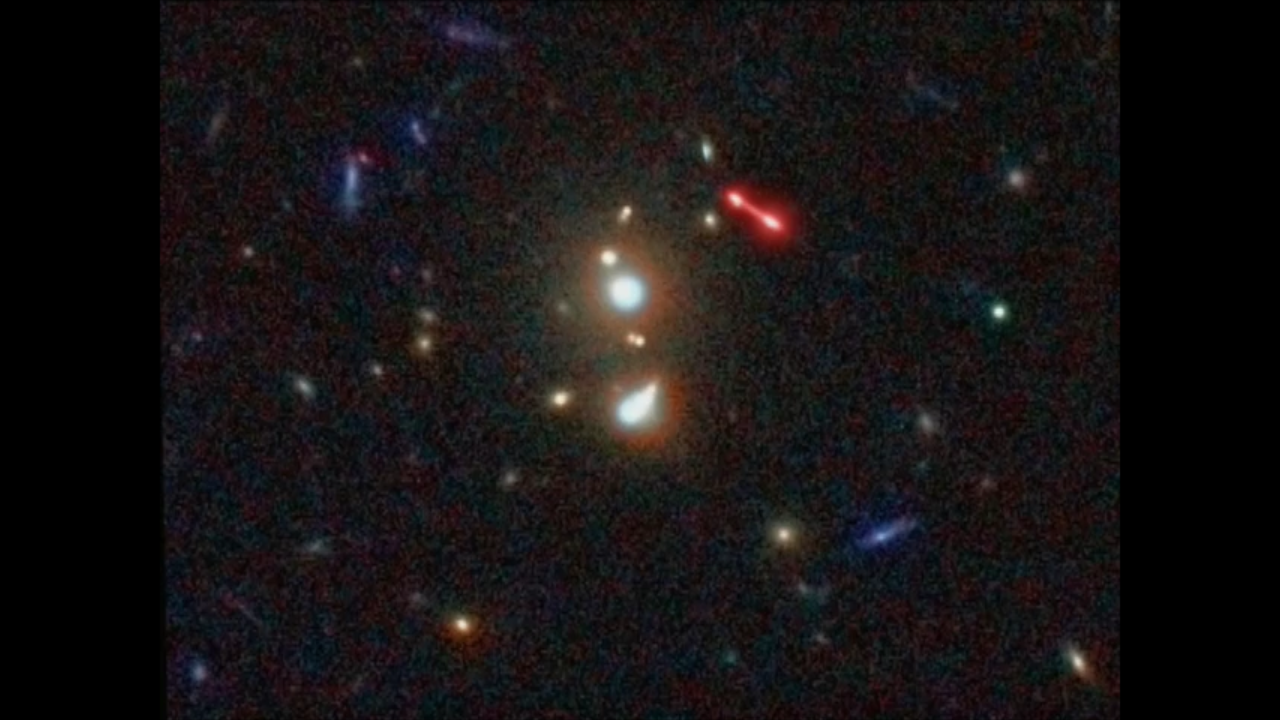
Lynx Arc Zoom and Blend to Artist's Illustration
The Lynx arc is 1 million times brighter than the well-known Orion Nebula, a nearby prototypical star-birth region visible with small telescopes. The newly identified megastar-birth cluster contains a million blue-white stars that are twice as hot as similar stars in our Milky...
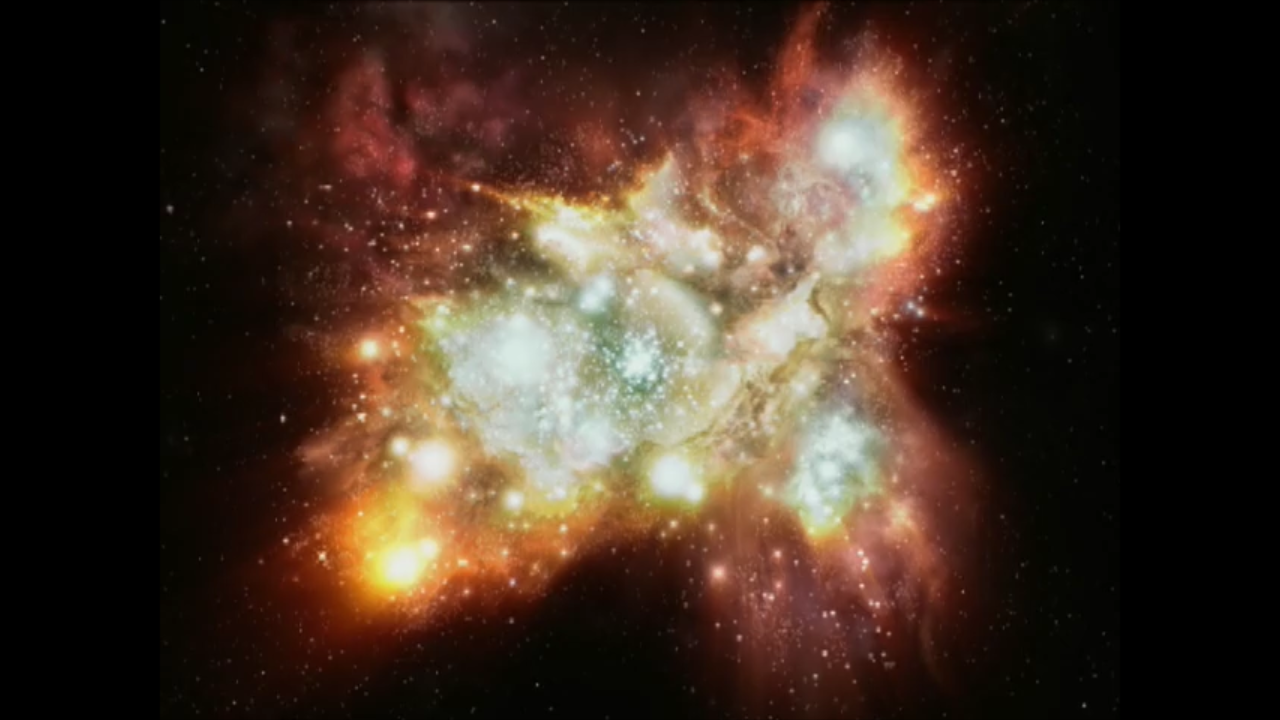
Zoom into Lynx Arc Artist's Impression
This is an artist's impression of the biggest and brightest star-birth region seen in the universe to date. The newly identified megastar-birth cluster contains 1 million ultra-hot stars. Their torrent of ultraviolet radiation illuminates huge placental walls of cold hydrogen....
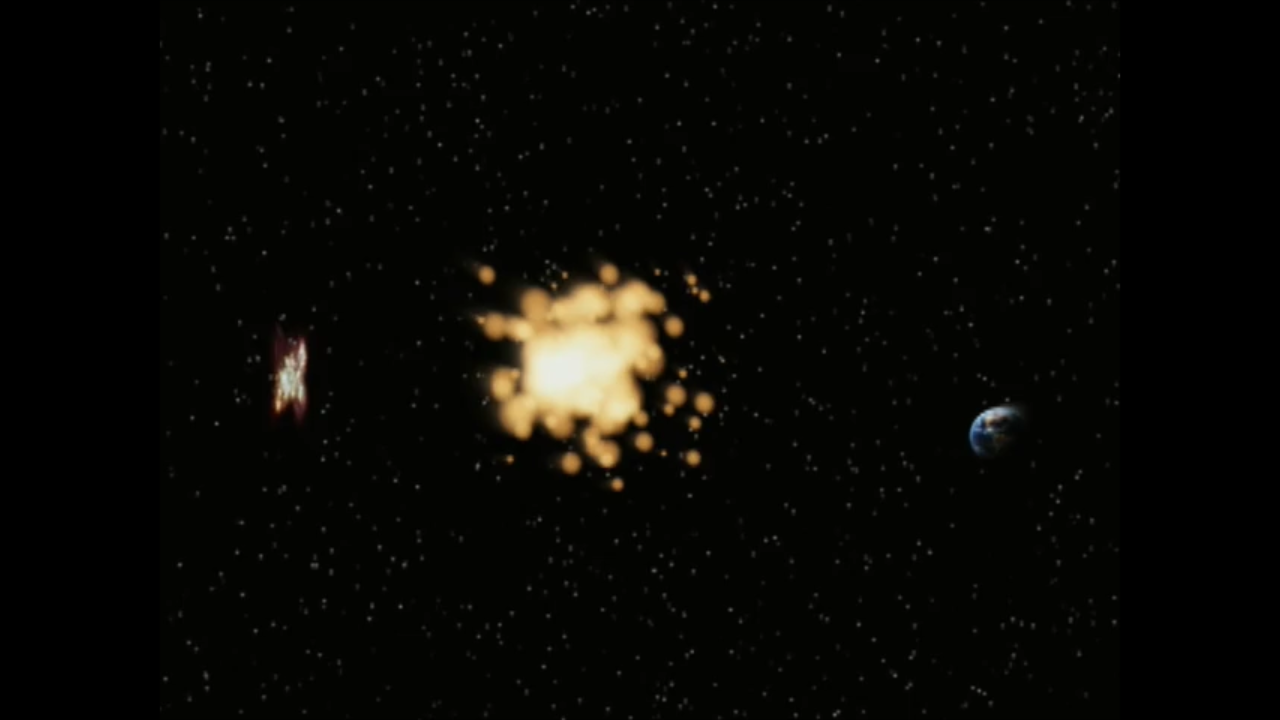
Gravitational Lens Animation: Light Bent by Foreground Galaxy Cluster
The arc is the stretched and magnified image of the megastar-birth cluster about 12 billion light-years away, far beyond the foreground galaxy cluster. This means that the remote source existed when the universe was less than 2 billion years old.
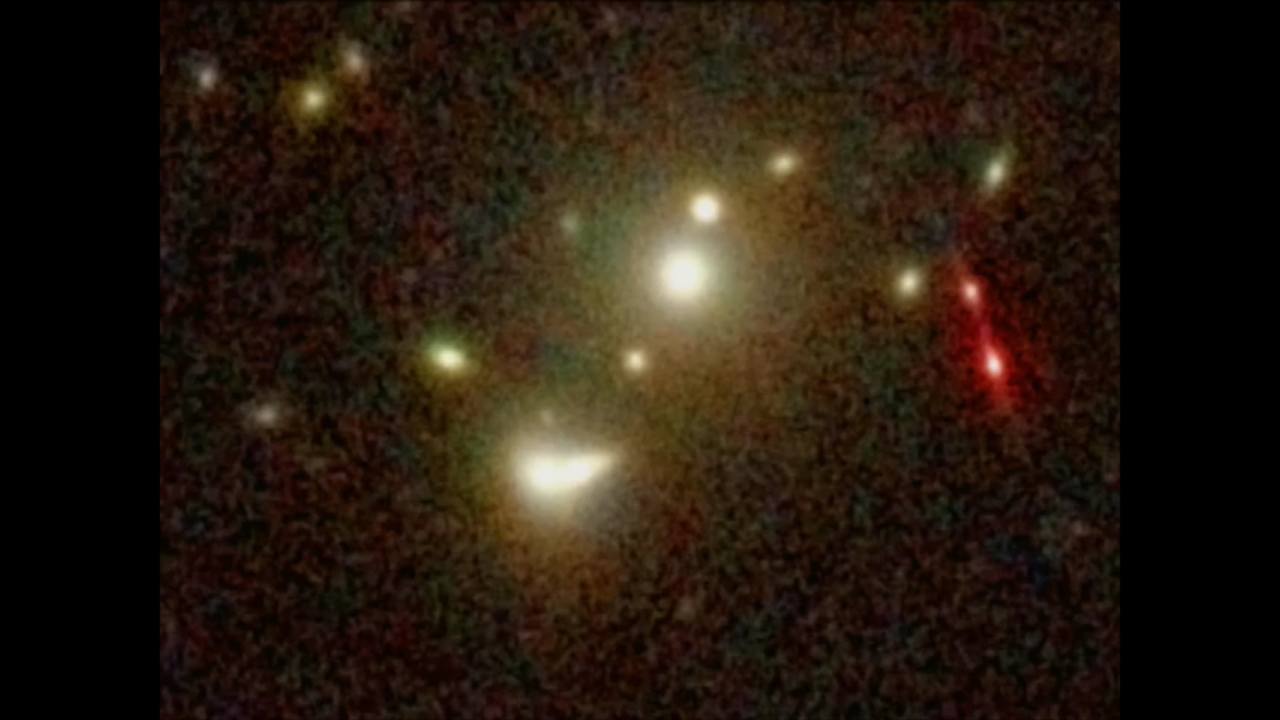
Zoom out of the Lynx Arc
The Lynx arc is 1 million times brighter than the well-known Orion Nebula, a nearby prototypical star-birth region visible with small telescopes. The newly identified megastar cluster contains a million blue-white stars that are twice as hot as similar stars in our Milky Way...

Interview with Dr. Robert Fosbury: A Friday Discovery
Dr. Robert A.E. Fosbury, of the European Space Agency's Space Telescope-European Coordinating Facility in Germany, tells how the Lynx arc discovery began. "One Friday afternoon a colleague walked in waving a sheet of paper vigorously. The plot showed a spectrum of a mysterious...
Share
Details
Claire Andreoli
NASA’s Goddard Space Flight Center
Greenbelt, Maryland
claire.andreoli@nasa.gov




























